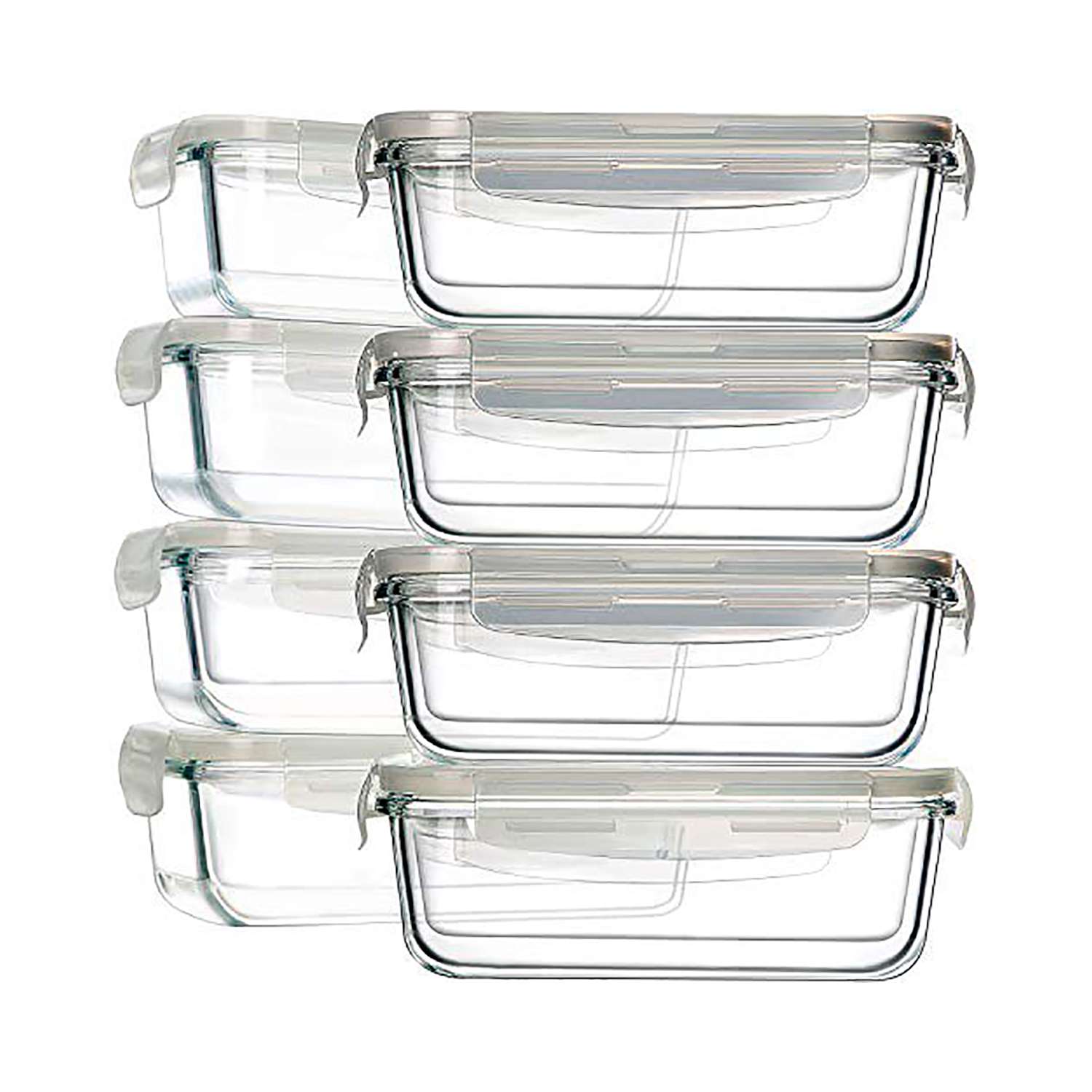

Articles
How To Store Glass Containers
Modified: May 6, 2024
Looking for tips on how to store glass containers? Check out our informative articles on proper storage techniques to keep your glass containers safe and organized.
(Many of the links in this article redirect to a specific reviewed product. Your purchase of these products through affiliate links helps to generate commission for Storables.com, at no extra cost. Learn more)
Introduction
Glass containers are not only functional for storing various items, but they can also add a touch of elegance and sophistication to any space. Whether you use glass jars to store kitchen essentials like spices and grains, or glass bottles to keep your homemade concoctions, it’s essential to properly store and protect them to maintain their quality and longevity.
In this article, we will discuss the best practices for storing glass containers. From selecting the right storage area to proper handling and maintenance techniques, we will cover everything you need to know to ensure your glass containers remain in excellent condition.
So let’s dive in and discover the secrets to storing glass containers effectively!
Key Takeaways:
- Properly storing glass containers involves selecting the right storage area, sorting and organizing, cleaning and preparing, and using protective packaging materials. These steps ensure longevity and functionality for your glass containers.
- Maintaining suitable temperature and humidity levels, regular maintenance and inspection, and effective labeling and inventory management are essential for preserving the quality and durability of glass containers. These practices ensure they remain in optimal condition for future use.
Read more: How To Store Glasses
Selecting the Right Storage Area
When it comes to storing glass containers, it’s crucial to choose the right storage area to prevent damage and deterioration. Here are some key considerations to keep in mind:
- Avoid direct sunlight: Glass is susceptible to UV rays, which can cause discoloration and weaken the integrity of the containers. Select a storage area away from windows or any sources of direct sunlight.
- Keep away from extreme temperatures: Glass expands and contracts with temperature changes, so it’s important to avoid storing glass containers in areas with extreme heat or cold. Rapid temperature fluctuations can lead to cracks or breakages.
- Choose a dry environment: Moisture can promote mold and mildew growth, which can damage both the glass containers and their contents. Select a storage area that is dry and well-ventilated to minimize the risk of moisture damage.
- Consider the surrounding environment: Avoid storing glass containers in areas prone to vibrations, such as near heavy machinery or appliances. Vibrations can cause the containers to shift or break.
- Keep them away from sharp or abrasive objects: Glass is susceptible to scratches and chips, so it’s important to store the containers away from any sharp or abrasive objects that may come into contact with them.
By selecting the right storage area for your glass containers, you can significantly reduce the risk of damage and ensure their longevity. Now that we’ve covered selecting the right storage area, let’s move on to the next step: sorting and organizing your glass containers.
Sorting and Organizing Glass Containers
Once you have chosen the appropriate storage area for your glass containers, the next step is to sort and organize them. An organized storage system not only makes it easier to locate specific items but also helps prevent accidental breakage. Here are some tips on sorting and organizing glass containers:
- Categorize by size and shape: Group your glass containers based on their size and shape. This will make it easier to stack and store them efficiently. Separate smaller jars from larger bottles to prevent them from rolling or toppling over.
- Utilize storage solutions: Invest in storage solutions such as shelves, racks, or drawers to maximize the use of your storage area. Adjustable shelving can be especially beneficial as it allows you to accommodate containers of different heights.
- Implement a labeling system: Label each container with its contents or use color-coded labels to quickly identify the items inside without having to open them. This will save you time and effort when searching for specific items.
- Consider accessibility: Arrange your glass containers in a way that allows easy access to the items you use most frequently. Place them at eye level or within arm’s reach to avoid unnecessary handling and searching.
- Group similar items together: Organize your glass containers based on their purpose or contents. For example, store kitchen staples, such as flour, sugar, and spices, together, and keep bathroom essentials, such as cotton balls and Q-tips, in a separate section.
- Leave room for expansion: If you plan on expanding your collection of glass containers in the future, make sure to leave some empty space for new additions. This will prevent overcrowding and allow for easy organization.
By implementing a systematic approach to sorting and organizing your glass containers, you can create an efficient storage system that not only protects your containers but also makes it easier for you to find and access the items you need. Next, we will focus on cleaning and preparing glass containers for storage.
Cleaning and Preparing Glass Containers for Storage
Before storing your glass containers, it’s essential to clean and prepare them properly. This ensures that they are free from any residue or potential contaminants that could impact their quality or the items you plan to store in them. Here’s a step-by-step guide on cleaning and preparing glass containers:
- Empty and discard any leftover contents: Pour out or remove any remaining contents from the glass containers. Dispose of them properly or transfer them to suitable storage containers if needed.
- Remove labels and adhesive residue: If there are labels or adhesive residue on the glass containers, soak them in warm, soapy water to loosen the labels. Use a scrub brush or sponge to gently scrub away the residue. For stubborn residue, you can use a commercial adhesive remover.
- Wash with warm, soapy water: Fill a sink or basin with warm water and a mild dish soap. Submerge the glass containers and use a sponge or dishcloth to clean both the inside and outside surfaces. Pay special attention to any stubborn stains or residue.
- Rinse and dry thoroughly: Rinse the glass containers with clean water to remove any soap residue. Allow them to air dry completely before proceeding with storage. This helps prevent moisture buildup that can lead to mold or mildew growth.
- Inspect for cracks or chips: Before storing, carefully inspect the glass containers for any cracks, chips, or other signs of damage. Discard any containers that are compromised, as they can pose a safety risk and may not provide proper storage functionality.
- Consider sterilization (optional): If you plan to store food items in your glass containers, you may want to consider sterilizing them. This can be done by boiling the containers in water for a few minutes or running them through a dishwasher sanitize cycle.
By following these cleaning and preparation steps, you can ensure that your glass containers are in optimal condition for storage. Now that we’ve covered cleaning and preparing the containers, let’s move on to the next important step: proper handling and stacking techniques.
Proper Handling and Stacking Techniques
Proper handling and stacking of glass containers are crucial to prevent accidents and minimize the risk of damage. By following these techniques, you can ensure the safety and longevity of your glass containers:
- Handle with care: When handling glass containers, always use a gentle touch. Avoid dropping or slamming them against hard surfaces, as this can cause breakage or cracks.
- Avoid overcrowding: When stacking glass containers, make sure not to overcrowd them. Leave enough space between each item to prevent them from bumping into each other and causing damage.
- Stack by size and weight: If you need to stack glass containers, start with the larger and heavier items at the bottom and stack the smaller and lighter ones on top. This helps distribute the weight evenly and reduces the risk of toppling over.
- Use protective layers: Consider placing a soft material, such as a kitchen towel or foam sheet, between each layer of stacked glass containers. This provides a cushion and helps absorb any impact, reducing the risk of breakage.
- Avoid uneven surfaces: Ensure that you are stacking your glass containers on a flat and stable surface. Uneven surfaces can cause instability and increase the chances of accidents.
- Don’t overfill: When storing liquids in glass bottles, make sure not to overfill them as liquids expand when frozen or exposed to heat. Leave some headspace to allow for expansion without causing the bottle to crack.
- Avoid excessive weight: Be mindful of the weight you place on top of stacked glass containers. Excess weight can lead to compression and increased stress, potentially causing breakage.
- Use racks or dividers: Consider using storage racks or dividers to separate and organize stacked glass containers. These can help maintain stability and prevent them from shifting or colliding with each other.
By following these proper handling and stacking techniques, you can minimize the risk of accidents and ensure the safety of your glass containers. Next, let’s discuss the importance of using protective packaging materials for additional safeguarding.
Store glass containers in a cool, dry place away from direct sunlight to prevent them from getting damaged or discolored. Avoid stacking them to prevent breakage.
Read more: How To Store Glass
Using Protective Packaging Materials
Using proper packaging materials can provide an extra layer of protection for your glass containers, reducing the risk of damage during storage. Here are some protective packaging materials you can use:
- Bubble wrap: Wrap individual glass containers with bubble wrap to cushion them and protect them from impacts. Secure the bubble wrap with tape to keep it in place.
- Packing peanuts: Fill empty spaces in storage boxes or containers with packing peanuts to prevent glass containers from shifting and colliding with each other.
- Dividers: Use dividers or cardboard inserts in the storage boxes to create separate compartments for each glass container. This prevents them from coming into direct contact with each other, reducing the risk of damage.
- Foam sheets or inserts: Place foam sheets or inserts between layers of glass containers to provide additional cushioning and protection.
- Nested storage: If you have glass containers with matching lids, nest them together to save space and provide added protection. Place the lids inside the containers and stack them accordingly.
By utilizing these protective packaging materials, you can minimize the chances of your glass containers getting damaged during storage. It’s important to note that these materials are readily available in packaging supply stores or can be ordered online for convenience.
Now that we’ve covered the importance of protective packaging materials, let’s move on to the next essential step: labeling and recording inventory for easy access.
Labeling and Recording Inventory
Labeling and recording the inventory of your glass containers not only helps you easily locate specific items but also ensures that you can keep track of what you have in stock. Here are some tips for effective labeling and inventory management:
- Use clear and visible labels: Label each glass container with a clear and legible label that indicates its contents. Choose a labeling method that works best for you, whether it’s adhesive labels, marker pens, or chalkboard labels.
- Include important details: In addition to the contents, consider including additional information on the labels, such as the date of storage or expiration, for perishable items.
- Create an inventory list: Keep a written or digital inventory list of all your glass containers. Include details such as the item description, quantity, and location in your storage area.
- Update the inventory regularly: Regularly update your inventory list whenever you add or remove glass containers. This helps you keep track of what you have and ensures accurate record-keeping.
- Group similar items together: Organize your inventory list by grouping similar items together. This makes it easier to find specific items and helps with identifying any shortages or restocking needs.
- Consider using inventory management software: If you have a large collection of glass containers, consider using inventory management software or apps that can help you streamline the process. These tools can assist with tracking, notifications, and generating reports.
By labeling and recording your glass container inventory, you can easily locate items, prevent duplicates, and stay organized. This not only saves you time and effort but also ensures that you can efficiently manage your storage space.
Now that we’ve covered the importance of labeling and inventory management, let’s move on to discussing the significance of maintaining suitable temperature and humidity levels for your glass containers.
Maintaining Temperature and Humidity Levels
Maintaining appropriate temperature and humidity levels is crucial for preserving the quality and longevity of your glass containers. Extreme temperature fluctuations and high humidity can cause damage and deterioration. Here’s how to maintain optimal conditions:
- Avoid extreme temperature changes: Fluctuations in temperature can cause glass containers to expand or contract, leading to cracks or breakages. Store your glass containers in an area with a consistent temperature to minimize the risk.
- Keep away from heat sources: High temperatures can weaken glass containers, making them more prone to breakage. Avoid storing them near heat sources such as radiators, ovens, or direct sunlight.
- Control humidity levels: Excess humidity can lead to the growth of mold or mildew, which can damage both the glass containers and their contents. Ensure that the storage area is well-ventilated and use dehumidifiers if necessary.
- Avoid damp areas: Moisture can cause staining, rusting, or label damage on glass containers. Ensure that the storage area is dry and free from dampness to maintain the integrity of the containers.
- Consider climate-controlled storage: If you have a valuable collection of glass containers or live in a particularly humid or extreme climate, it may be worth considering climate-controlled storage units to maintain optimal conditions.
By maintaining appropriate temperature and humidity levels, you can ensure that your glass containers remain in excellent condition and extend their lifespan. These measures help prevent damage and ensure that your glass containers are ready for use whenever you need them.
Now that we’ve discussed temperature and humidity control, let’s move on to the importance of regular maintenance and inspection of your glass containers.
Regular Maintenance and Inspection
Regular maintenance and inspection of your glass containers are essential to ensure their continued quality and durability. By incorporating these practices into your storage routine, you can identify and address any issues before they escalate. Here’s how to effectively maintain and inspect your glass containers:
- Inspect for damage or wear: Regularly check your glass containers for any signs of damage, including cracks, chips, or scratches. Address any compromised containers immediately to prevent further deterioration.
- Clean containers periodically: Even when in storage, glass containers can accumulate dust and dirt. Clean them periodically using the same cleaning and preparation steps mentioned earlier to keep them in pristine condition.
- Check seals and closures: If your glass containers have lids or closures, regularly inspect them for a tight seal. Loose or damaged seals can allow air or moisture to enter, compromising the contents.
- Rotate stock: To ensure that older items are used before newer ones, practice a first-in, first-out (FIFO) system. This prevents items from sitting in storage for too long, reducing the chance of spoilage or deterioration.
- Reorganize and optimize storage: Periodically assess your storage area and make any necessary adjustments to optimize the space and improve accessibility. This includes reorganizing containers, adding or adjusting shelves, and implementing efficient storage systems.
- Address any pest issues: Regularly inspect your storage area for signs of pests, such as insects or rodents, that can damage the glass containers. Take necessary measures to eliminate or prevent infestations.
By incorporating regular maintenance and inspection into your glass container storage routine, you can ensure that your containers remain in optimal condition and preserve their functionality and aesthetic appeal.
Now that we’ve covered the importance of regular maintenance and inspection, let’s conclude our article with a summary of the key points we discussed.
Conclusion
Properly storing glass containers is crucial for maintaining their quality and prolonging their lifespan. By following the steps outlined in this article, you can ensure that your glass containers remain in optimal condition and are ready for use whenever you need them.
We started by discussing the importance of selecting the right storage area, including considerations such as avoiding direct sunlight, maintaining appropriate temperature and humidity levels, and keeping them away from sharp or abrasive objects.
Next, we emphasized the significance of sorting and organizing glass containers to maximize space and prevent accidents. Categorizing by size and shape, utilizing storage solutions, and implementing a labeling system can help streamline the storage process.
In addition, we highlighted the importance of cleaning and preparing glass containers for storage. Emptying and discarding leftovers, removing labels and adhesive residue, thoroughly washing, and inspecting for cracks or chips are key steps to ensure their cleanliness and integrity.
We also discussed the essential elements of proper handling and stacking techniques to minimize the risk of damage. Handling with care, avoiding overcrowding, using protective layers, and considering weight distribution are essential practices to follow.
Furthermore, we explored the use of protective packaging materials to provide an extra layer of safeguarding for your glass containers. Bubble wrap, packing peanuts, dividers, foam sheets, and nested storage are examples of materials and techniques to consider.
We emphasized the benefits of labeling and recording inventory to easily locate specific items and maintain an organized storage system. Including important details, creating an inventory list, and updating it regularly are indispensable for efficient inventory management.
Maintaining suitable temperature and humidity levels is crucial for preserving the quality of glass containers. Avoiding extreme temperature changes, keeping away from heat sources, controlling humidity levels, and avoiding damp areas are essential measures to take.
We also highlighted the importance of regular maintenance and inspection to address any issues promptly. Inspecting for damage, cleaning containers periodically, checking seals and closures, rotating stock, reorganizing storage, and addressing pest issues are key practices to incorporate.
In conclusion, storing glass containers properly involves a combination of careful handling, organization, cleanliness, and environmental considerations. By following these guidelines, you can ensure that your glass containers remain in excellent condition, ready to enhance your storage needs for years to come.
Now that you've learned how to store glass containers efficiently, why not enhance your storage expertise further? Dive into our guide on best food storage solutions, perfect for keeping your edibles fresh and well-organized. If space is tight, discover effective kitchen organization tips to maximize every inch of your culinary space. For those who adore stylish yet functional kitchenware, our recommendations on top glass storage jars will surely complement any modern kitchen. Keep your home streamlined and chic with these insightful reads!
Frequently Asked Questions about How To Store Glass Containers
Was this page helpful?
At Storables.com, we guarantee accurate and reliable information. Our content, validated by Expert Board Contributors, is crafted following stringent Editorial Policies. We're committed to providing you with well-researched, expert-backed insights for all your informational needs.
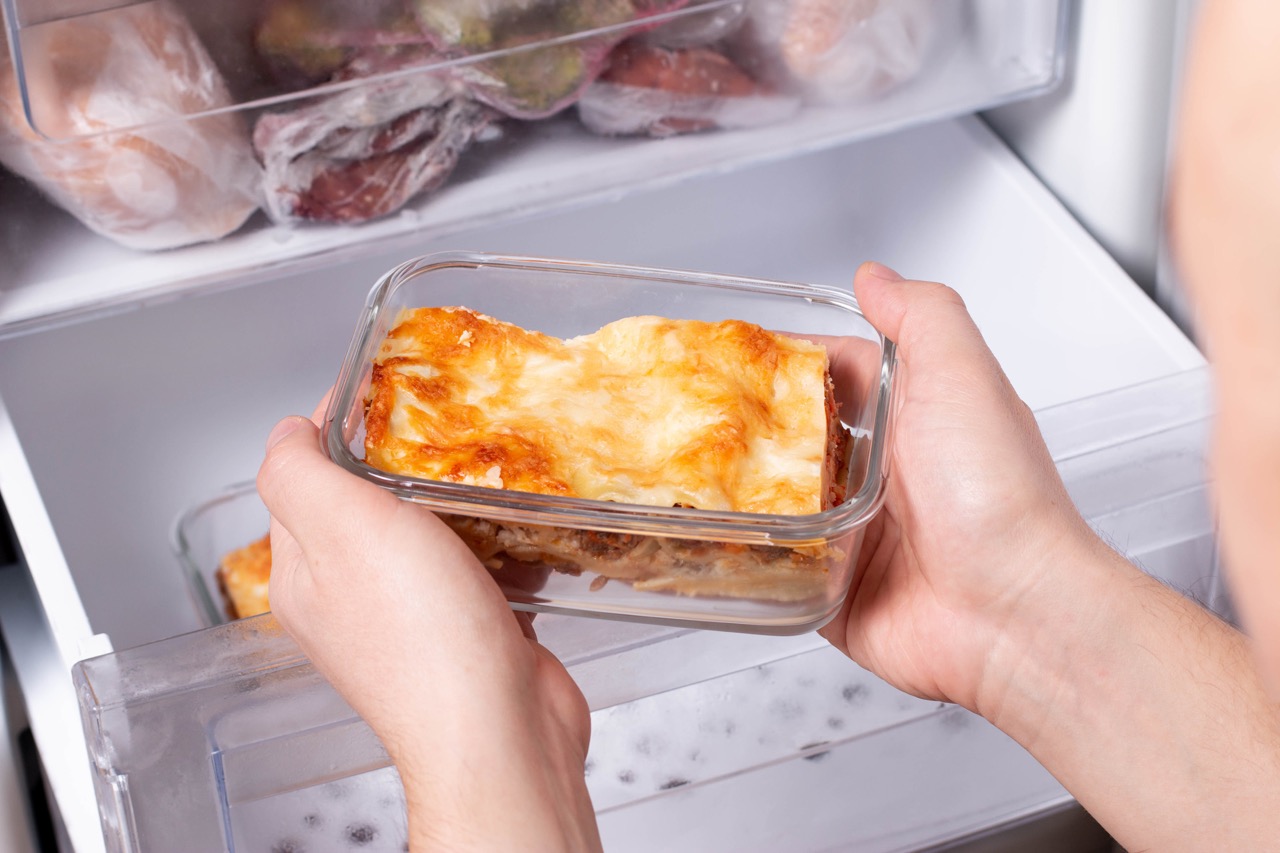
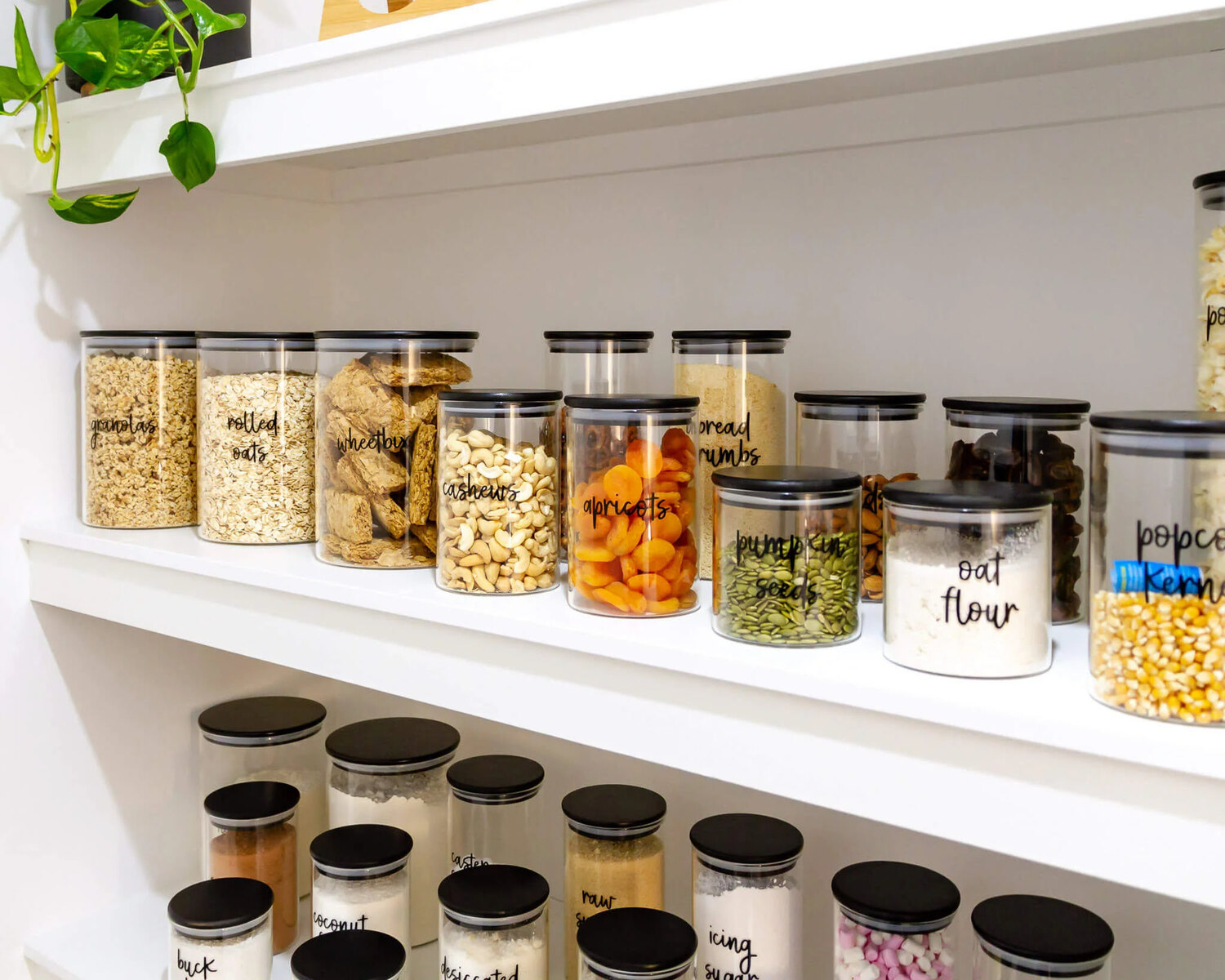
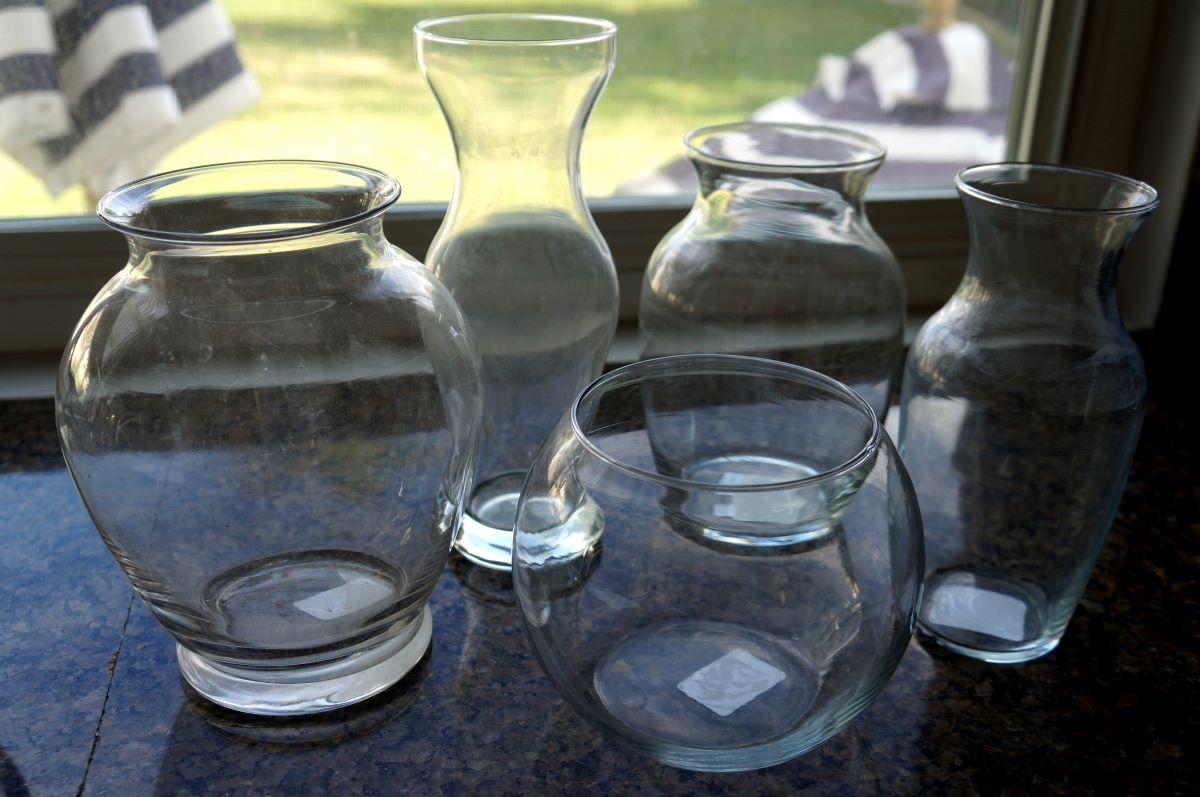
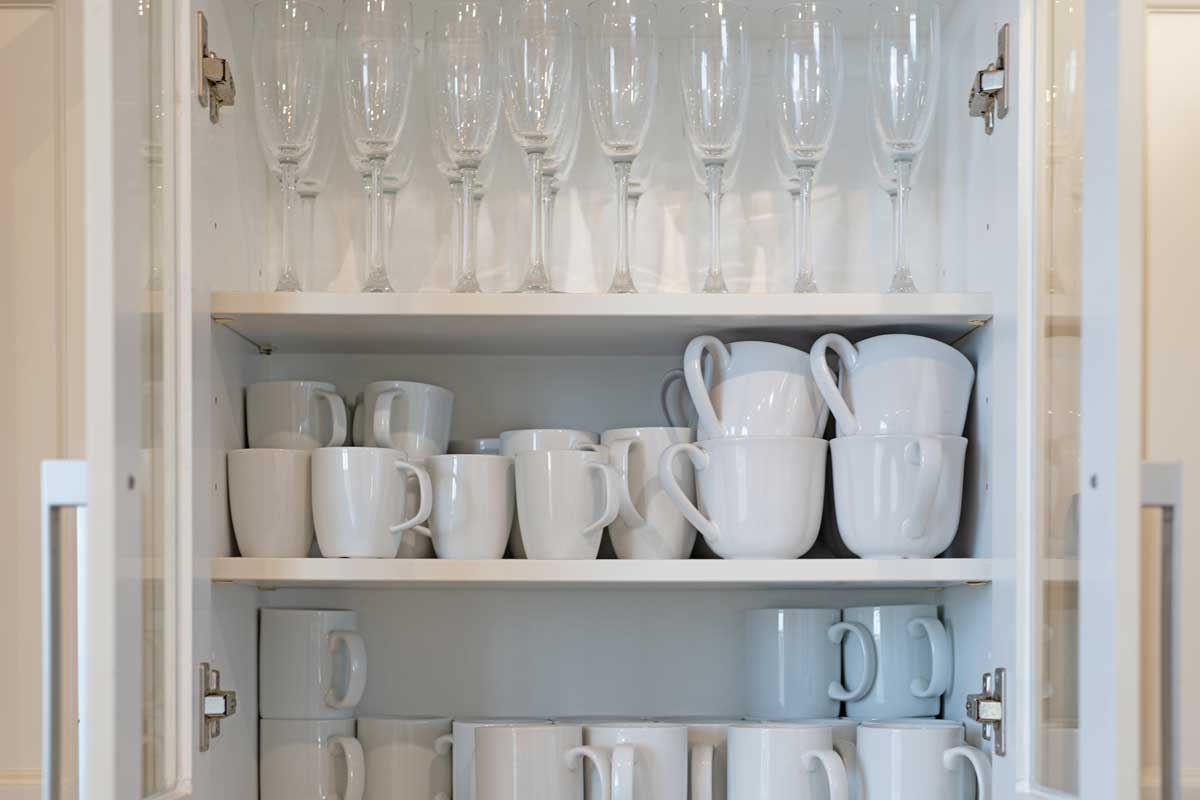
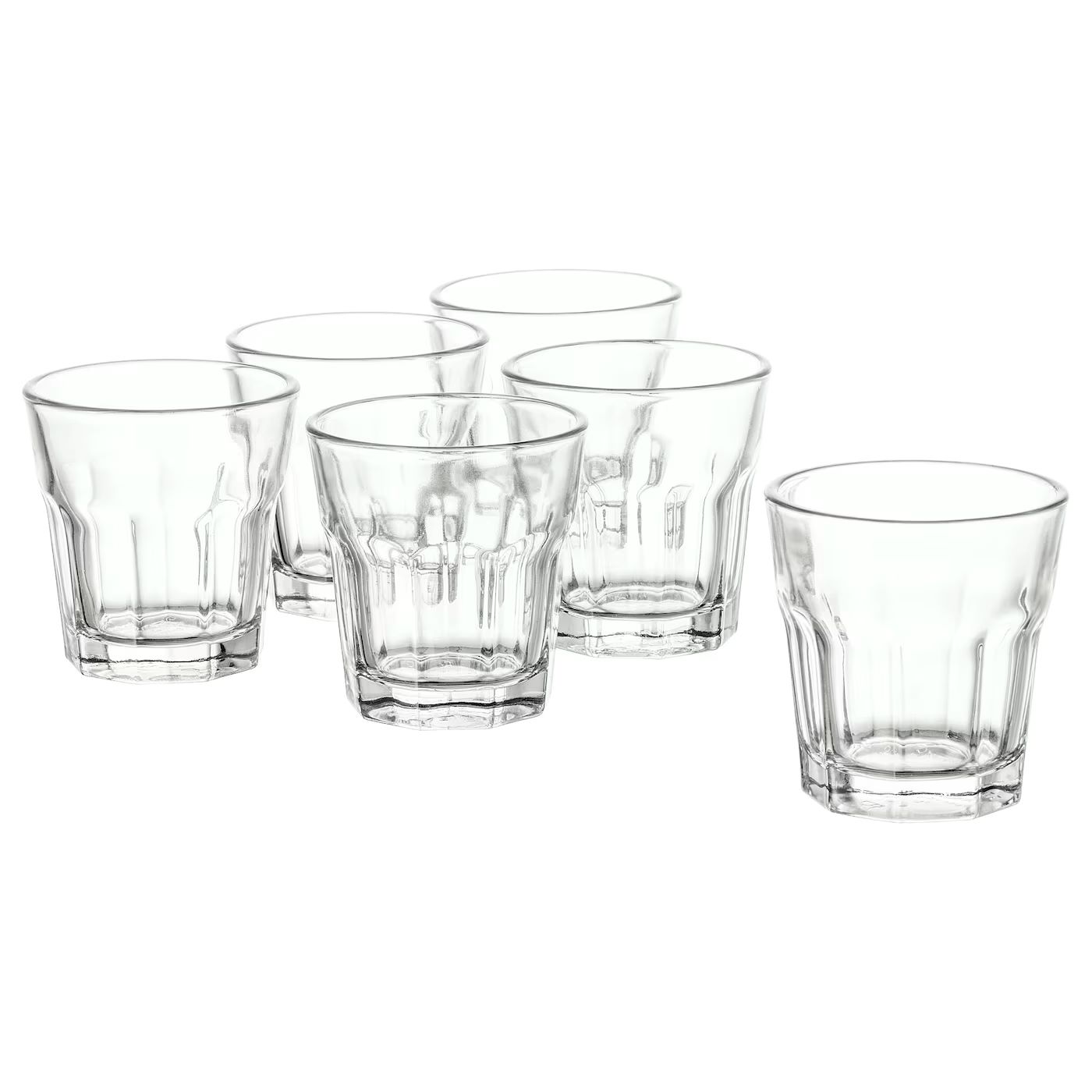
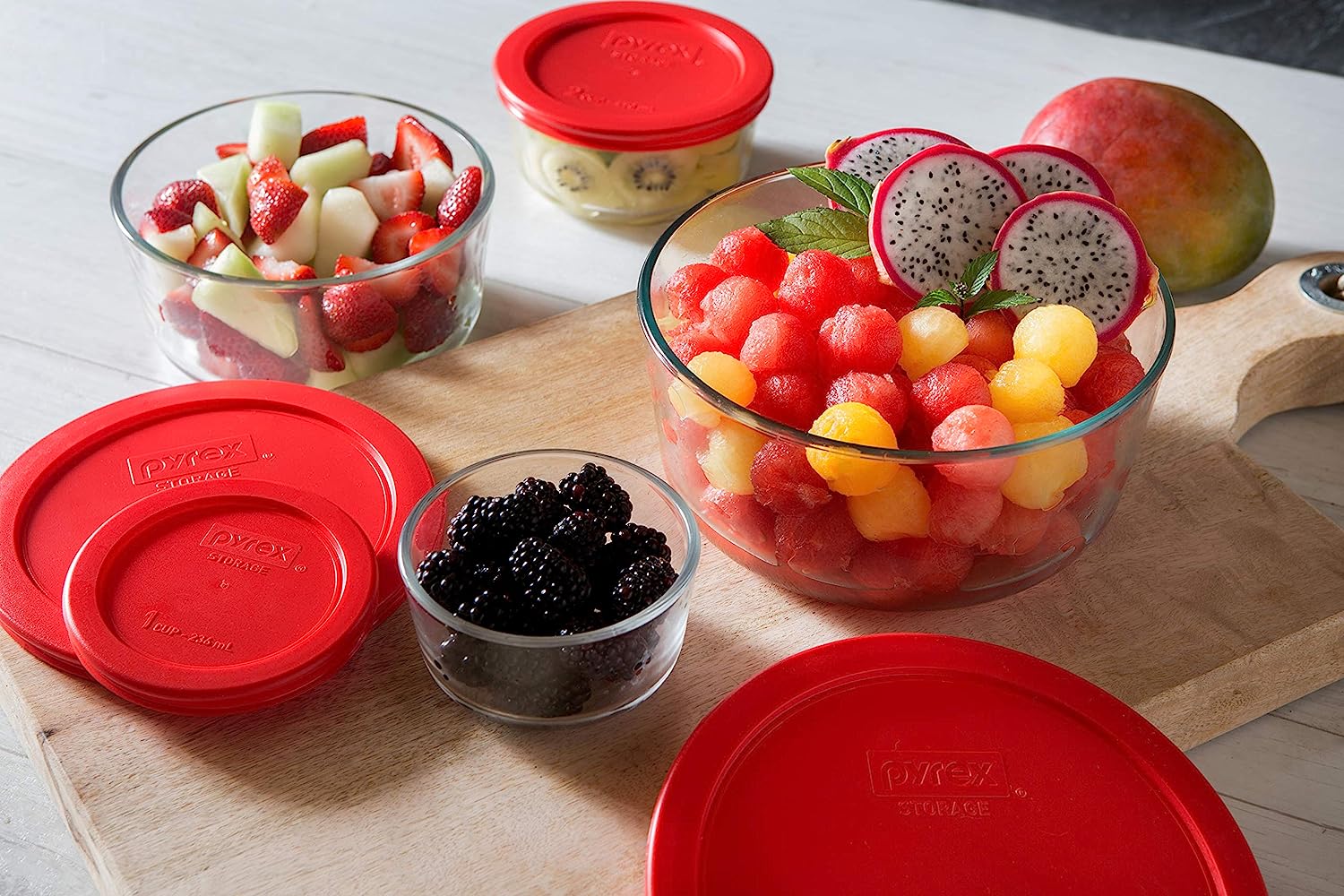
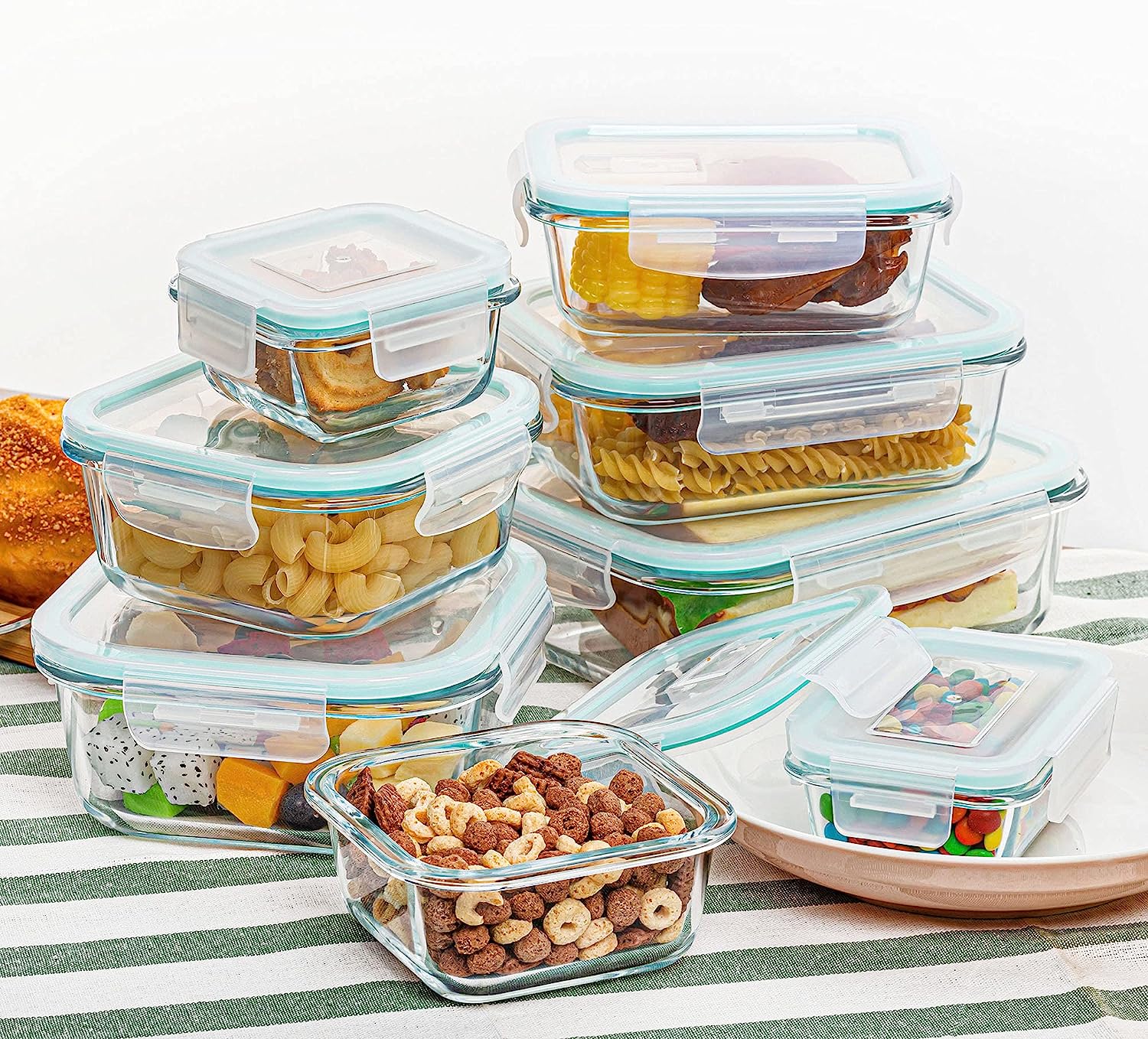
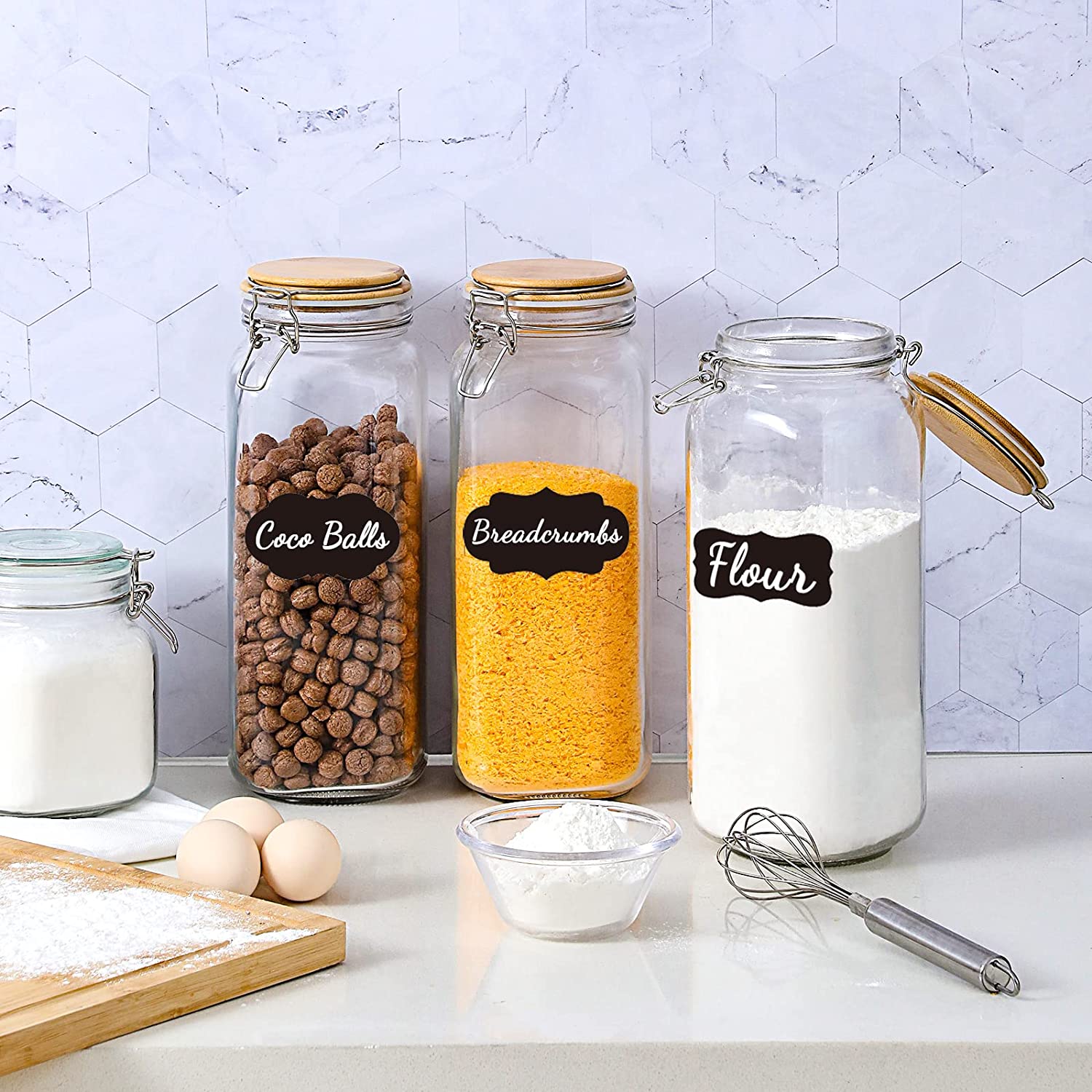
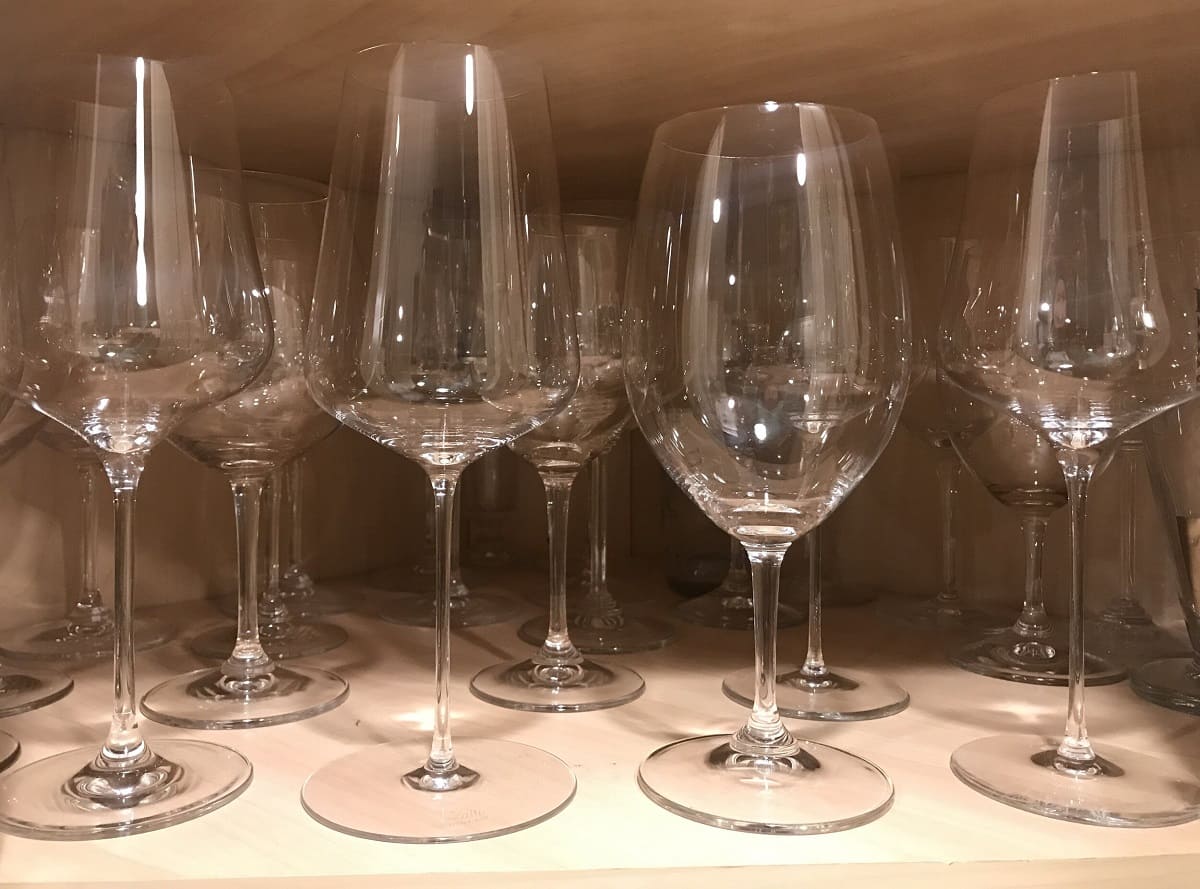
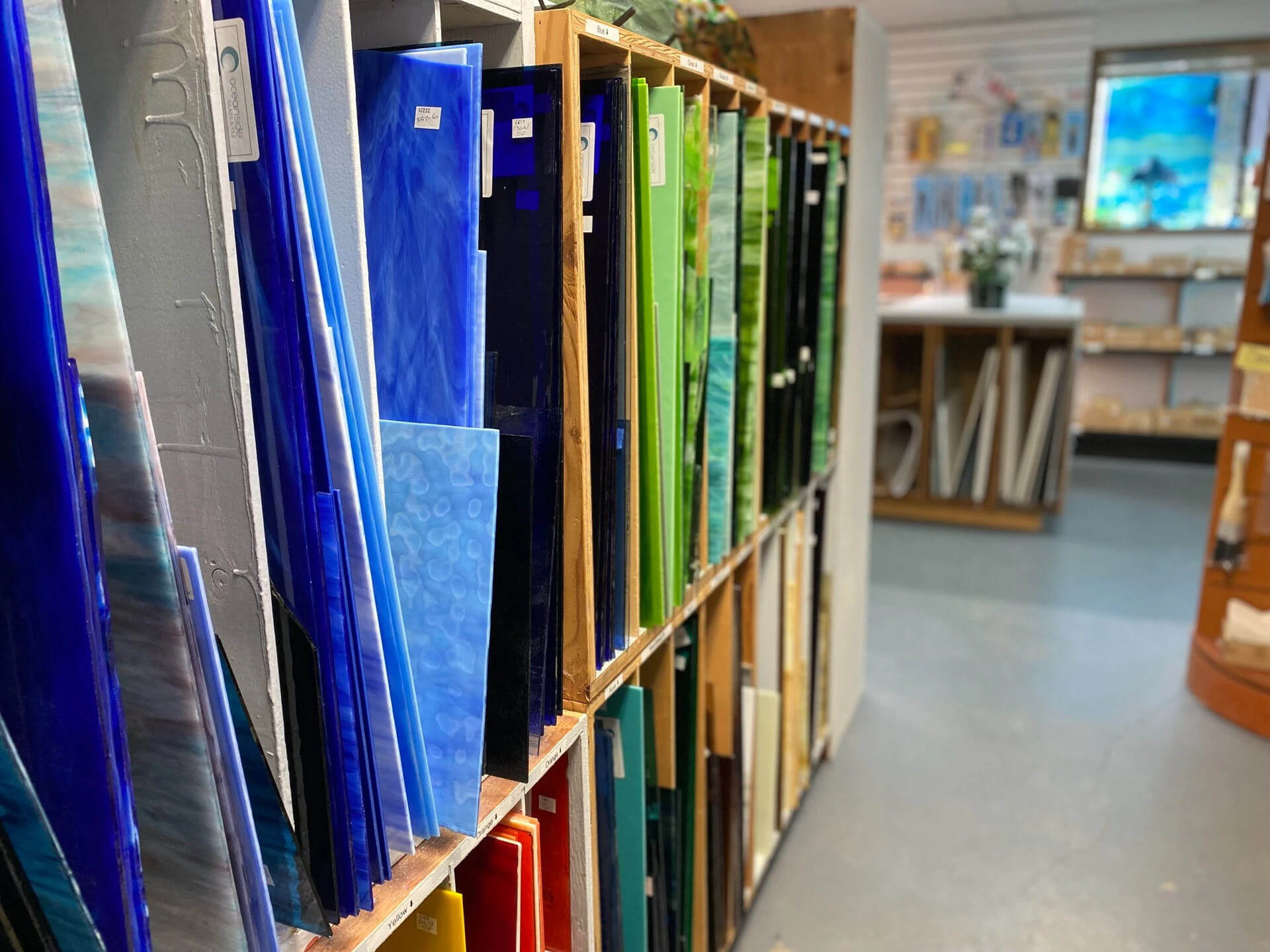
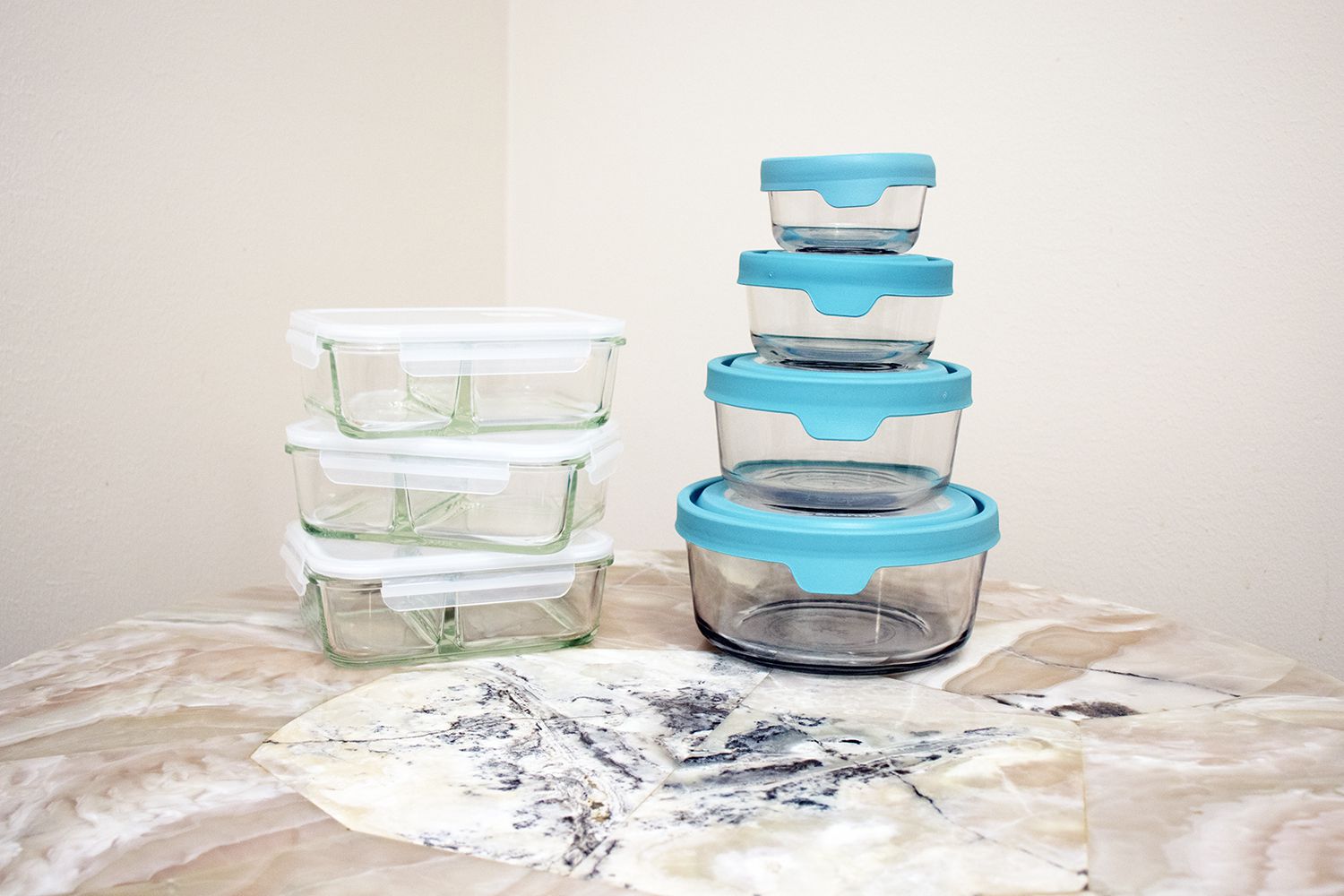
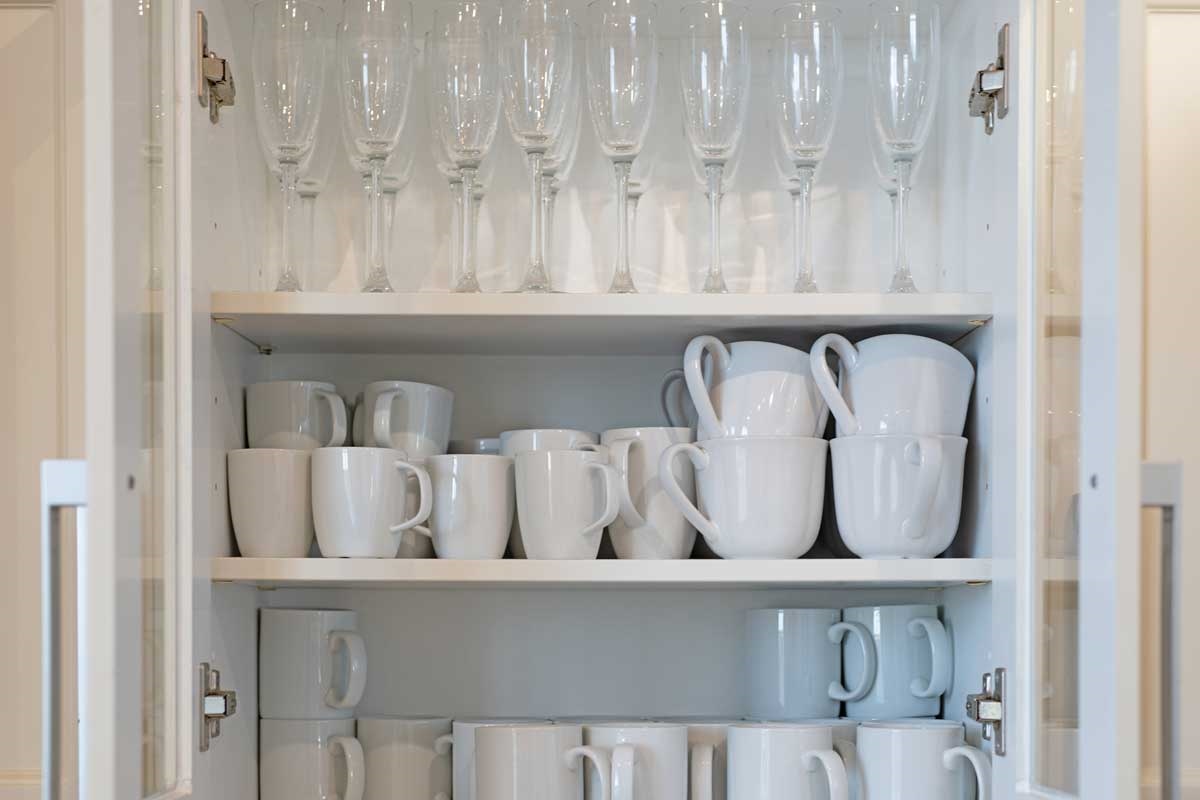
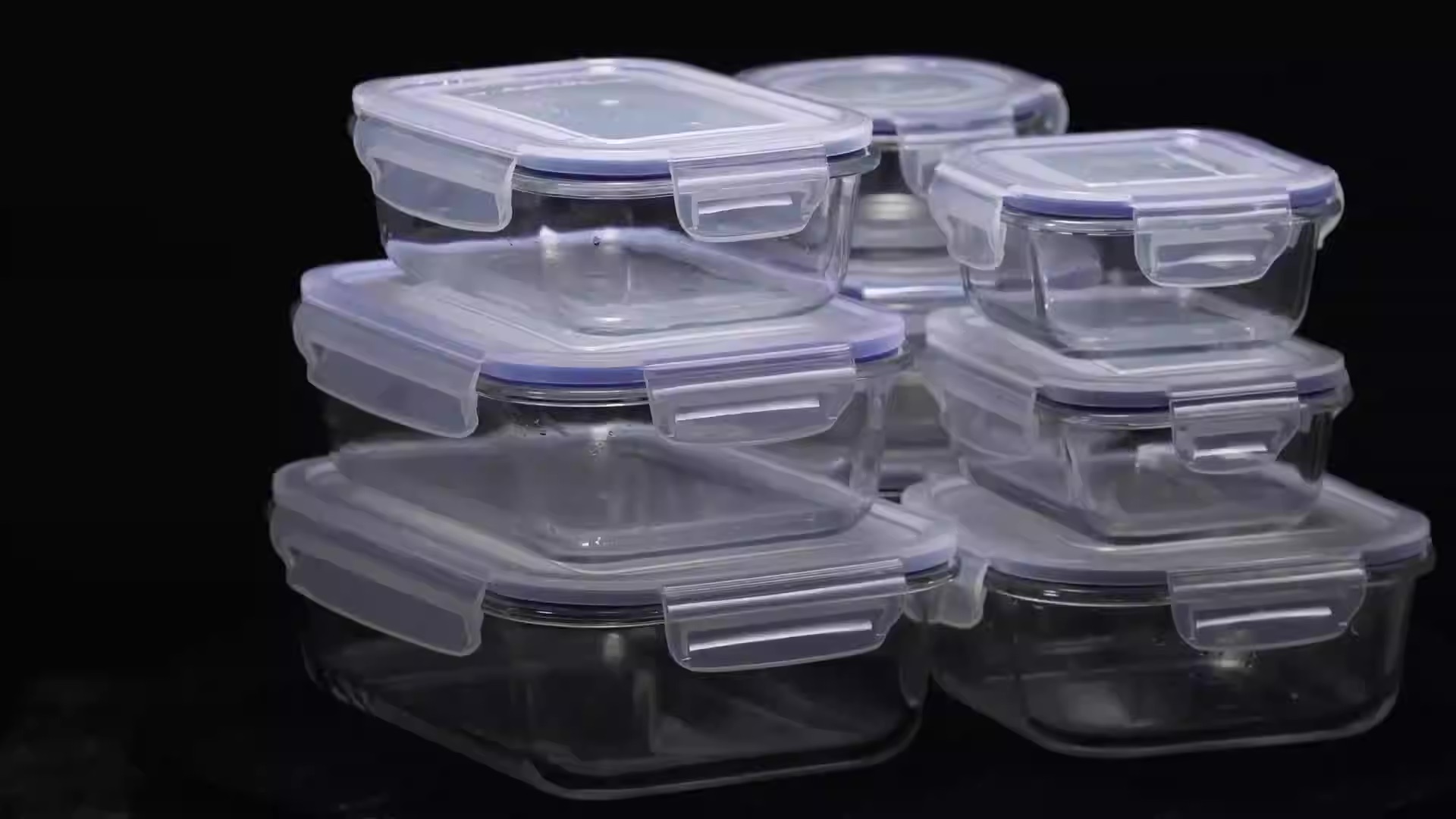

0 thoughts on “How To Store Glass Containers”